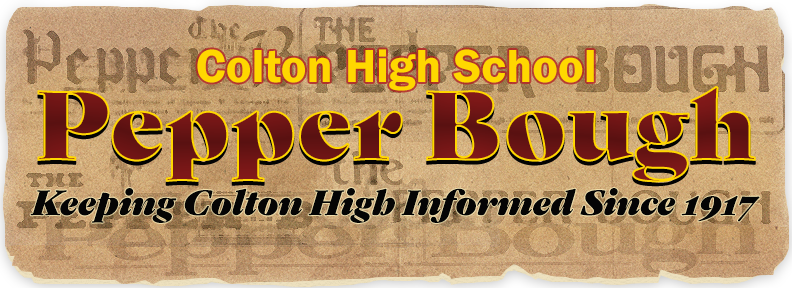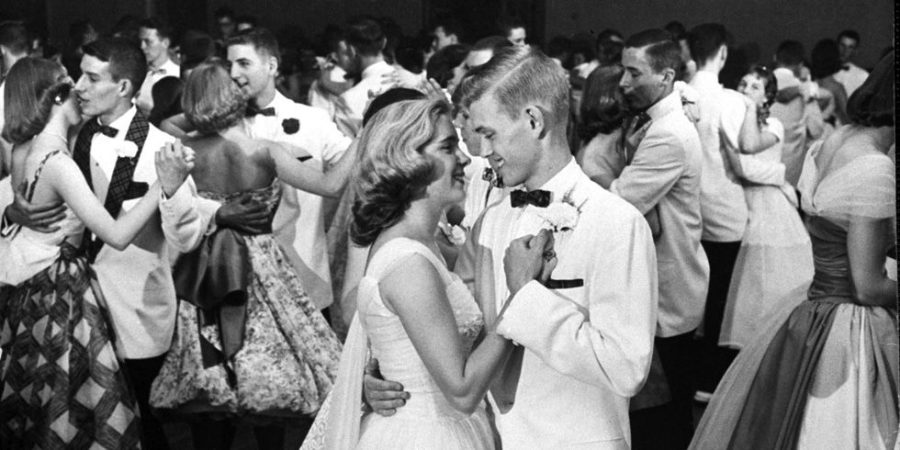11 amazing facts you didn’t know about Prom!
The annual tradition goes back over 100 years, and there is so much to unpack
Prom has a 100+ year history in the United States.
1. Prom wasn’t originally for high school
Prom was given its name in 1928, but the tradition goes back to the mid-1800s when Ivy League college students began attending social events put on by their universities to “promote social etiquette and manners in each graduating class.”
2. Prom is short “Promenade”
The word “prom” is actually short for “promenade,” a word that was once used for escorting someone to a place with the intent of being shown off for others.
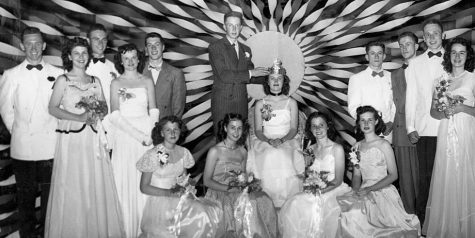
3. Prom Queens and Kings were a tradition that began in the 1950s
After World War II, with the American economy booming, teenagers wholeheartedly embraced the idea of prom. The venues changed from school gyms to country clubs and hotel ballrooms, and competition over who could be best dressed increased. From this emerged the Prom Queen and King popularity contest, a tradition that still exists today.
4. Corsages were not always pinned to a dress
One of the most notable prom traditions is the pinning of a corsage. The word “corsage” is French for “bodice,” and early corsages were pinned to a girl’s hip. As dress styles have changed, the corsage has gone from being at the waist to being wrapped around the wrist.
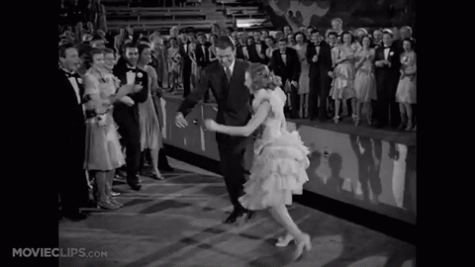
5. The first movie to depict a prom was . . .
“It’s a Wonderful Life” in 1946. This film, produced after the end of World War II shows its hero, George Bailey (Jimmy Stewart), attending a prom where he meets his future wife, Mary (Donna Reed). The gymnasium is packed and the well-dressed kids are all dancing the Charleston before the floor of the gym opens to reveal a hidden swimming pool they all fall into.
6. President John F. Kennedy made an appearance at a prom in California in 1963
Working on his re-election campaign, President Kennedy booked a ballroom at the Beverly Hills Hilton for a $1,000-per-plate dinner. Little did he know the room had already been booked for the John Burroughs High prom two years earlier. President Kennedy moved his event into a smaller room, and afterwards dropped in to greet the kids, along with then popular comedian Jack Benny, who had attended the fundraising dinner.
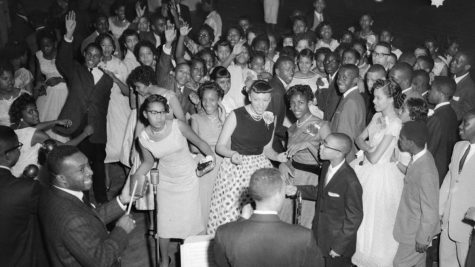
7. Not all students have been allowed to attend prom (part one)
Proms have a long history of excluding students in minority groups. Prior to the Supreme Court’s ruling in Brown vs. the Board of Education in 1954, schools did not admit black students at their proms. It was not uncommon for schools to cancel the event in the 1930s so local black teens could not have a chance to attend. Even after schools were integrated across the nation, plenty refused to integrate their proms. As it wasn’t until 2008 that the city of Charleston, Mississippi accepted actor Morgan Freeman’s offer to pay for an integrated prom . . . an offer he first made in 1997!
8. In some cities there were two proms
In the 1960s and 70s, several schools that had been forced to integrate persons of color into their student body began holding two proms, one for whites, and one for blacks. This led some black parents, outraged by the blatant racism, to begin holding their own proms for their children.

9. Not all students have been allowed to attend prom (part two)
In addition to persons of color, LGBTQ+ kids have had a long history of being discriminated against during prom season. Many schools have refused to allow LGBTQ+ kids inside prom despite a 1980 Rhode Island court ruling in Fricke vs. Lynch that upheld a student’s right to have a gay date for a school dance. Other schools have tried to ostracize LGBTQ+ youth by creating dress codes prohibiting women from wearing masculine clothes, or men from wearing feminine clothes.
10. Two young men found a loophole in a school rule to become the first gay couple to attend prom
In 1979, Randy Rohl and Grady Quinn of Sioux Falls, South Dakota, became the first gay couple to attend prom. Their high school, Lincoln High, clearly laid out that an attendee could bring anyone they wanted to prom as long as one of them was a graduating senior. While nothing ugly was reported as happening at that prom, the school superintendent, John Harris, went on record as saying, “It’s pathetic and sad. Maybe that isn’t the way some people look at this sort of thing nowadays.”
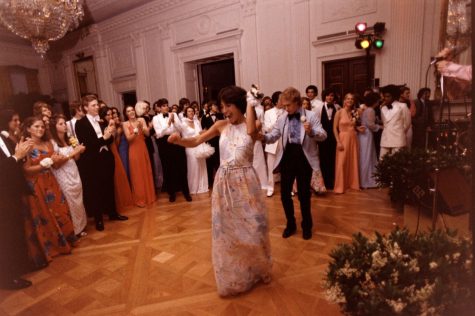
11. A prom was held in the White House
In 1975, President Ford’s daughter, Susan, wanted her prom to be extra special, and requested from her dad that her school host theirs in perhaps the most special of all locations: the White House. The President and the First Lady did not attend the event.
Recently, the CHS Publications Department experienced a major theft as over $20,000 in photography equipment was stolen from our studio over Spring Break. This included all cameras. Any amount you donate will help rebuild our program. Thank you!
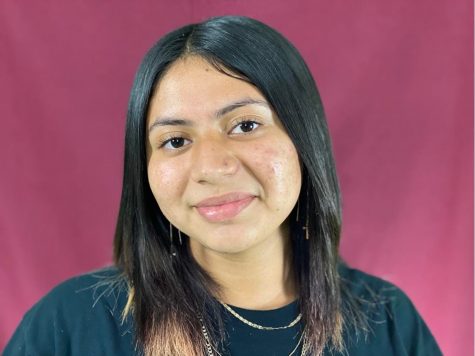
Joseline Ortega Delgado is a student at Colton High School. She doesn't talk much. When you run into her, expect her not to hear you over the music playing...


